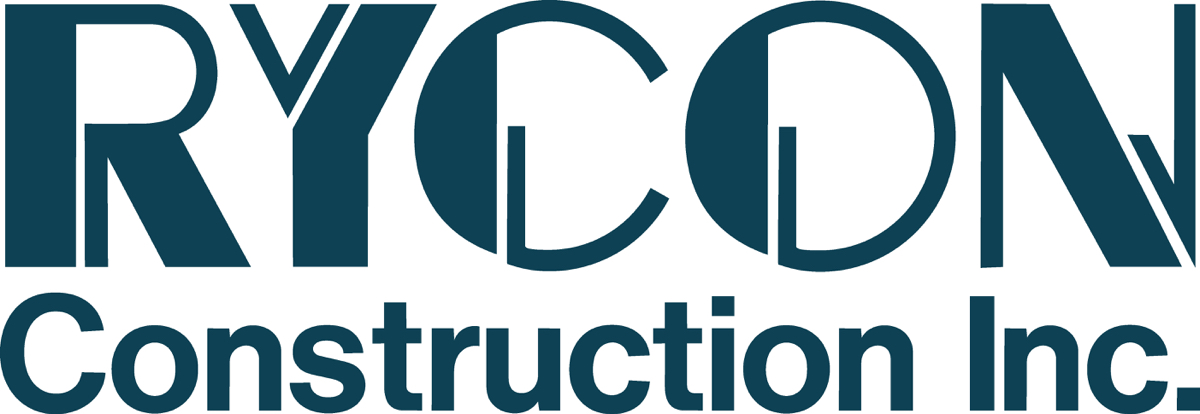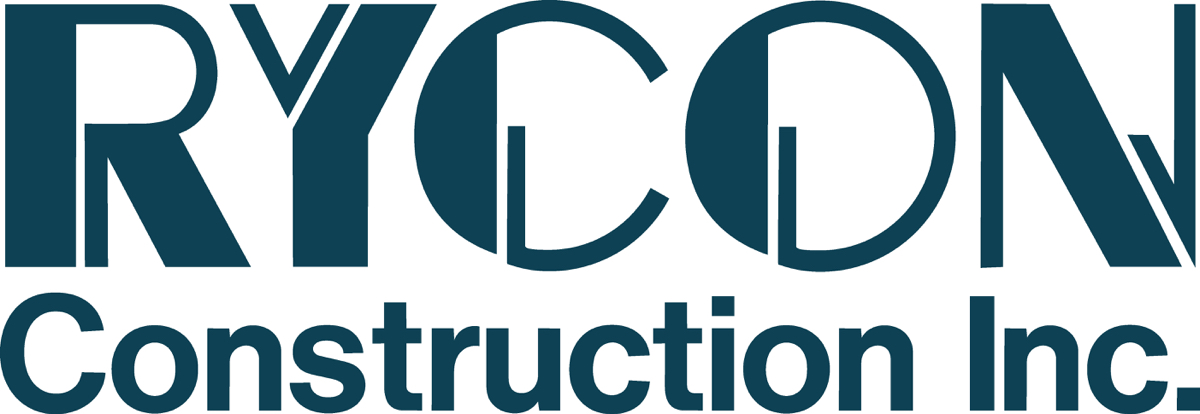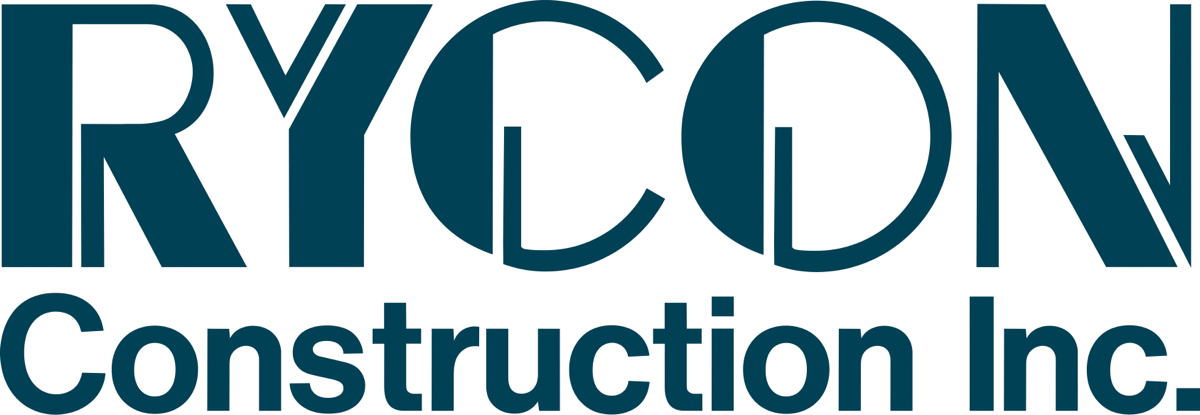Information
-
Project Name
-
Conducted on
-
Prepared by
-
Location
-
Project Superintendent
General Jobsite Requirements
-
State and Federal Postings displayed (including OSHA Logs Feb 1 - Apr 30)
-
Adequately stocked first aid kit?
-
Appropriate jobsite signage with Emergency numbers posted?
-
Weekly toolbox talks conducted with sign-in sheets on file?
-
Safety Data Sheets maintained onsite for all trades
-
Rycon Safety and Loss Control Manual available onsite?
Fire Prevention & Protection
-
Flammables stored properly (including compressed gas cylinders)
-
Proper type and adequate number of fire extinguishers available?
-
No Smoking/Flammable signage posted where necessary?
-
If available, all hydrants and/or Fire Department connection points accessible and clearly marked
-
Fire load kept to a minimum by way of removing unnecessary combustibles to dumpsters?
Fall Protection
-
Leading edges 6+ ft. high protected by guardrails or similar?
-
Guardrails installed and maintained properly?
-
Floor and roof openings barricaded or covered, marked, and secured?
-
Stairs with 4 or more risers protected by handrail; unpoured stair pans infilled OR stairs are barricaded preventing their use
-
Employees using personal fall arrest have been properly trained?
-
Fall protection in good condition and used appropriately for task
-
Roof edges protected by guardrails or properly maintained warning line system?
Scaffold Safety
-
All components free of visible damage?
-
Properly Erected with all pins and braces?
-
Erected on a firm surface with appropriate base plates and mud sills?
-
Working levels fully planked with guardrails, toe boards, and walk off gates?
-
Scaffold securely anchored to building where 4:1 height to base ratio is exceeded?
-
Proper access by way of ladders or integral stairs?
-
Scaffold inspected daily by a competent person?
-
Rolling scaffolds have wheel locks in use?
-
Baker scaffold platforms over 6' high protected by guardrails?
-
Baker scaffolds over 2 bucks high have outriggers to prevent overturning?
Electrical Safety
-
All temporary circuits grounded by way of GFCI protection (pigtails, outlets, or GFCI breakers)?
-
Temporary panels, wiring, and outlets supported properly and protected from damage and weather?
-
Temporary panels protected by lockable panel covers?
-
Lockout/Tagout procedures followed for work on all energizable sources?
-
Extension cords in good condition and routed away from sources of damage and water?
-
Missing knockouts in work boxes and/or power panels filled with blanks?
Trenching and Excavation
-
Have utility companies been notified and lines located (811)?
-
Is soil treated as type C or been otherwise classified by a competent person?
-
Trenches over 4' provided with ladders or other means of egress every 25'?
-
Trenches over 5' protected from cave-in by sloping, benching, or shoring systems?
-
Equipment and spoils at least 2' back from the edge of trench?
-
Trenches and shoring systems inspected pre-shift and when conditions change by a competent person?
-
Trenches/Excavations backfilled or barricaded at the end of each shift?
-
Fall protection considerations for trenches/excavations that present a 6' or greater fall hazard?
Housekeeping
-
Walking and working surfaces free of debris, trip hazards, mud/ice/snow?
-
Are trash containers available and being used?
-
All trades keeping their work and break areas clean?
-
Materials and equipment organized allowing unobstructed aisleways and egress routes at least 36" wide?
-
Temporary lighting adequate in all areas and installed properly?
-
Rebar and other impalement hazards capped or otherwise protected?
Ladder Safety
-
Ladders in good condition and rated as type 1 or 1A?
-
Job built ladders have evenly spaced rungs with blocking between each?
-
Extension ladders setup at the proper angle, extend 3' above landings, and are tied off properly?
-
Step ladders used only in the fully open position with no work from the top two rungs?
-
Wood or fiberglass ladders used for work around electrical sources?
Hot Work
-
Hot Work Program in use
-
Fire Extinguisher in all hot work areas?
-
Proper PPE in use for welding/cutting
-
Combustibles removed from hot work areas or protected by screens and blankets?
-
Compressed gas cylinders upright and secured at all times with caps in place when not in use?
-
Fire watch is being performed as required by Hot Work Policy?
-
Hoses, regulators, tips, welding leads and terminal boots all in good condition?
Crane Safety
-
Crane's annual inspection paperwork, operators CCO card, and medical card verified/on file?
-
Load capacity charts available in cab?
-
Pre-shift safety checks and inspections performed by operator?
-
OSHA's table A clearances observed for safe working distances from power lines?
-
Crane setup on firm surface, outriggers fully extended, resting on mats or blocks, with cab swing radius barricaded?
-
Rigging completed by Qualified Riggers using proper hand signals and/or two way radios?
Equipment Safety
-
All site equipment has working backup alarms and flashing beacons?
-
All heavy equipment has a charged fire extinguisher on board?
-
Designed Safety Features are operable and in use (access gates/chains on lifts, interlocks on equipment, etc)
-
Seatbelts being worn in all equipment as required?
-
Fuel tanks double walled or have secondary containment and are protected from accidental impact?
-
Fuel tanks are clearly labeled, signed, and have designated fire extinguisher?
Hand and Power Tools
-
All tools free of visible damage including cords and plugs?
-
Power tool cords double insulated or grounded?
-
All required shields and guards in place?
-
All high pressure hoses (100+ psi) fitted with whip ties at connection points?
-
Tools being used for their intended purpose?
-
Powder Actuated Tool Operators properly trained?
Personal Protective Equipment
-
Hard hats, Safety Glasses, face shields, and proper footwear worn by all site employees where required?
-
High visibility vests/clothing worn by all employees working around equipment or traffic?
-
Gloves available and being worn where laceration/chemical hazards exist?
-
Hearing protection available and in use where needed?
-
Respiratory protection available and in use where needed (medical clearance and fit testing requirements met)?
Liability Contols
-
Site access controlled through fencing, barricading, and/or proper signage?
-
Spotters/flaggers in use where vehicles and equipment enter/exit to public roadways?
-
Pedestrians directed to cross at designated crosswalks with appropriate signage when sidewalks are closed?
-
Public sidewalks maintained free of slip, trip, and fall hazards when under our control?
-
No lifting/swinging loads over areas occupied by the general public?
-
Roof top and other materials secured from wind?
-
Infection/dust Control setup properly?
MISC COMMENTS AND PHOTOS
-
Add media








